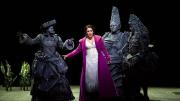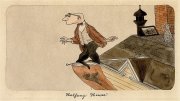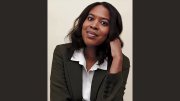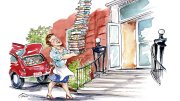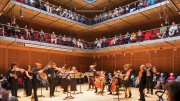Readers of the New York Review of Books who are also lovers of music—and who have reached a certain age—will know that music-lovers in the past have been able to read the writings of some musical titans who also were superb prose stylists. I think in particular of Igor Stravinsky and Charles Rosen, whose literary contributions to that review have been enormous, even if dwarfed by their musical accomplishments. Now the NYRB has done it again, in inviting Matthew Aucoin ’12 to provide delightful and thoughtful reading in those pages. Like Stravinsky and Rosen before him, Aucoin displays a prose style, a thoughtfulness, a brazenness of opinion arising from expertise, that put him in a league with those predecessors. It is a joy to read his pieces in the New York Review, many of them included in his new book, The Impossible Art: Adventures in Opera.
I’ve known Matt since he was in high school, and have followed his taillights disappearing into the distance with joy and admiration ever since. Even then, he was a prodigious talent, as composer and performer—but also as a writer. As a Harvard undergraduate, he was a composer, conductor, and prize-winning poet, always focused on opera, the confluence of language and music. He composed not one, but two pieces for my undergraduate course “First Nights: Five Performance Premiers” (see “First Nights,” January-February 2000, page 52). He conducted the first (Music for Mike, 2011) and performed as pianist in the second (Its Own Accord, 2016, co-commissioned by Dumbarton Oaks).
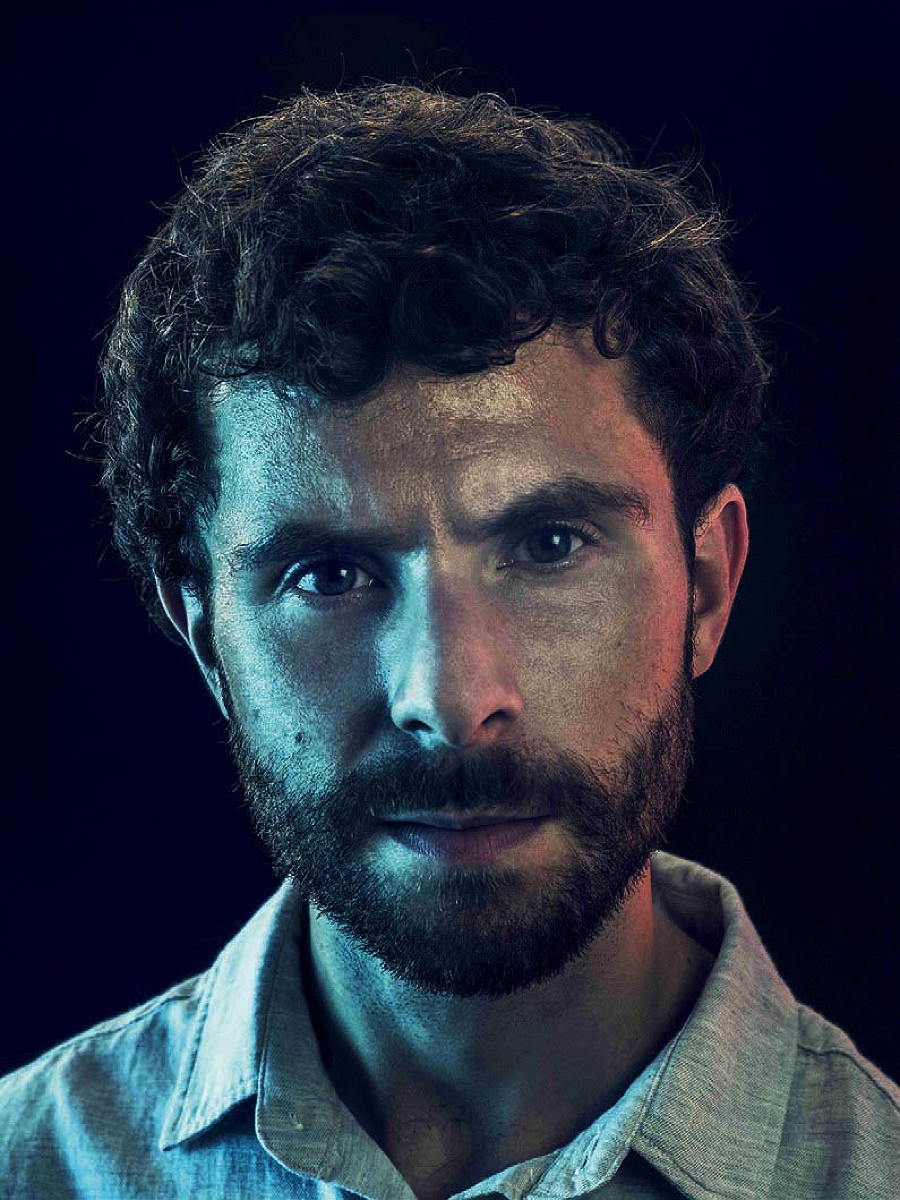
Matthew Aucoin
Photograph by Steven Laxton
As I read his book, published in December, a two-CD album of his music (Orphic Moments) has just been released, and Matt is rehearsing his opera Eurydice for its first performances at the Metropolitan Opera and its broadcast around the world; I hope that readers of Harvard Magazine will have seen and heard it, and will thus have an idea of the brilliance and depth of Aucoin’s music, and of his poetry.
Impossible Art, made up in part of essays written for other purposes, is really a book and not a collection, thanks to Aucoin’s crafty assemblage. It is bookended, as it were, by intro and outro, a brief introduction to the wonder of opera, and, afterward, a farewell virtuoso finale marveling at the virtuoso finale of The Marriage of Figaro. Enfolded in these covers are facing chapters of a diptych of Orpheus and Eurydice, a long essay on Orphic operas (Monteverdi, Charpentier, and Birtwistle, among others), and a concluding section on Aucoin’s own Eurydice. The centerpiece is about Verdi, with Aucoin’s marvelous appreciation of Otello standing just about in the middle of the book (and of the Verdi section); and Verdi is surrounded by sections on Stravinsky on one side, and Whitman, Adès, and Czernowin on the other. It’s a marvelously symmetrical structure, and it reads like a novel—which you might not expect for something so architectural.
This is partly because Aucoin can really write. It is a pleasure to read his prose, and the moments when he makes me want to stop right now and go hear the music he describes so vividly are what makes the experience so pleasurable. (“The sounds sometimes burst into a scalding, fizzing foam like a sonic sparkler; sometimes they crumble into a pile of burbling molecules; sometimes they lurch forward with an aggressive stutter.”) Or this observation on Harrison Birtwistle’s music: “this mass of detail yields a pungent funkiness, a sharp smell of the soil.”
Aucoin’s remit here is a dual one—musical and poetical—and he has the critical chops and the authority to deal with both. Himself a poet and composer, he is acutely aware of the tensions, the challenges, and the wonderful things that can happen when music and language—media that do not work in the same way—seek to communicate simultaneously. Aucoin is particularly sensitive to the richness of the work of W. H. Auden (Stravinsky’s The Rake’s Progress), Arrigo Boito (Verdi, especially Otello), Luis Buñuel’s visual poetry (Adès’s The Exterminating Angel), Walt Whitman (Aucoin’s own Crossing), and others, including the playwright Sarah Ruhl (author of the play on which Eurydice is based).
Central to the book is Verdi, who surely for Aucoin is the marvel of what opera can and should be. But he’s not idealizing Verdi, who instead is praised for his good sense about what to do—and what not to do: “One of Verdi’s great strengths was his canny pragmatism: he had a catlike instinct for leaping only when he knew he’d land on his feet, for innovating only at a rate his audience could handle.” There is not much reference to Puccini here, and to Wagner. So it’s not a book about the operas most people like: it’s about the operas he likes, and about operas that contribute to his idea of what opera is, and what opera can be.
Not everything is perfect. I think Aucoin makes perhaps almost too much effort to remind us of his theme of “the impossible art,” putting in impossibilities more often, perhaps, than we really need, and making opera into a titanic tight-wire act. He picks almost impossible operas, for one thing (Czernowin, Birtwistle), and likes to point to difficulties (“I’ve only ever had a few experiences … that have even come close to realizing my dream of what an opera can be”), or to impossibilities surmounted (on The Rake’s Progress: “Somehow, impossibly, this two-way subversion does not cancel itself out, but rather catches fire and comes to life”). And like other writers on opera, he has to spend a lot of time on plot summary, one of the awful things about writing about simultaneous music and words: things that can’t be written about without separating them and almost ruining each. But he’s pretty good at it, and like a good art historian describing the painting we’re looking at, he uses his disadvantage to point out matters we might miss (“The role of Shadow, who does not appear in Hogarth, is a canny invention on Auden’s part: he is the embodiment of Tom’s diseased will, the fiendish force of unreason…”).
Since reading the book a first time, I have had the pleasure of seeing and hearing the Metropolitan Opera’s performance of Eurydice. It is magnificent, and Aucoin’s quite personal description of the creation of the opera, and his dialogue with Sarah Ruhl in the penultimate chapter, are especially rewarding to reread with the opera ringing in one’s ears. I trust that Eurydice will be performed again and again, and that Aucoin’s readers will become his listeners, and his listeners become his readers; the irreconcilable arts of music and language, the impossible art, in Aucoin’s hands, may not be so impossible after all.
